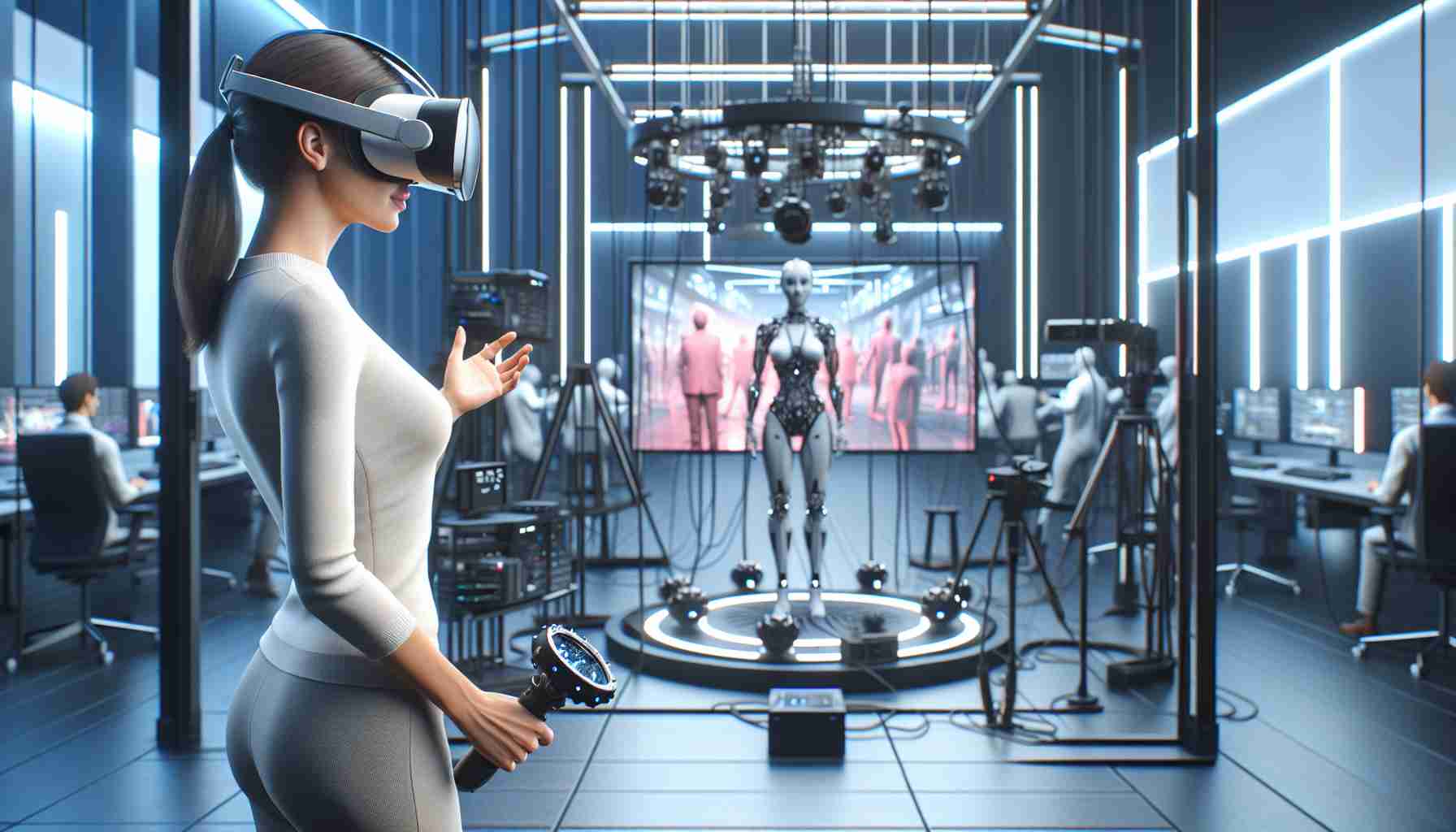Summary:
Virtual reality (VR) has become increasingly popular in recent years, attracting both consumers and businesses alike. As more people are drawn to the immersive experiences offered by VR, the demand for VR studios is on the rise. This article serves as a guide to understanding virtual reality studios, providing insights into their purpose, setup, and usage. Whether you are a VR enthusiast or an entrepreneur looking to establish a VR studio, this guide will help you navigate through the intricacies of the virtual reality world.
What is a Virtual Reality Studio?
A virtual reality studio is a dedicated space equipped with state-of-the-art technology, software, and hardware to create virtual reality experiences. It serves as a hub for producing immersive content by utilizing VR headsets, tracking devices, motion controllers, and powerful computers. Virtual reality studios cater to various industries, including gaming, education, training, and entertainment, providing quality experiences to users.
Setting Up a Virtual Reality Studio
The process of setting up a virtual reality studio involves several key steps. Here are the essential considerations:
1. Space: A VR studio requires ample space to ensure free movement while wearing the VR headset. It should accommodate the user comfortably without restricting their movements.
2. Hardware: High-performance computers with advanced graphic processing units (GPUs) are essential for smooth VR experiences. Additionally, VR headsets, tracking devices, and motion controllers should be selected based on the intended purpose and target audience.
3. Software: Selecting the right VR software is crucial as it determines the capabilities and functionality of the studio. There are various software options available, ranging from game engines like Unity and Unreal Engine to specialized VR development tools.
4. Safety Measures: It is essential to provide a safe environment for users. Ensure that the studio is free from any obstacles that may cause accidents while users are immersed in the virtual world. Clearly define boundaries to prevent users from colliding with real-world objects.
Utilizing a Virtual Reality Studio
Virtual reality studios serve a multitude of purposes. Here are a few examples:
1. Gaming: VR studios excel in creating immersive gaming experiences, allowing players to engage with virtual worlds like never before. Game developers can utilize VR studios for game design, testing, and demos.
2. Training and Education: Industries such as healthcare, aviation, and military employ VR studios for training purposes. They provide realistic simulations that help professionals hone their skills in a safe and controlled environment.
3. Architectural Visualization: For architects and designers, VR studios offer the opportunity to immerse clients in virtual walkthroughs of their proposed designs. This enables them to explore spatial arrangements, lighting, and other critical elements.
4. Entertainment and Experiences: VR studios can be used to create unique entertainment experiences, such as virtual tours, art galleries, and interactive storytelling.
Frequently Asked Questions
Q: How much space is required to set up a virtual reality studio?
A: The space requirement for a virtual reality studio depends on the intended purpose and the number of users. However, it is generally recommended to have a minimum of 10 feet by 10 feet per user for room-scale experiences.
Q: Can I use consumer-grade VR headsets in a virtual reality studio?
A: While consumer-grade VR headsets have improved significantly, professional-grade VR headsets offer better tracking accuracy and durability. It is advisable to invest in high-quality VR headsets for a seamless and reliable studio setup.
Q: What computer specifications are needed for a virtual reality studio?
A: Virtual reality places a heavy demand on computers, requiring powerful processors, high RAM capacity, and advanced GPUs. Ensure that your computers meet or exceed the recommended specifications of the VR hardware and software being used.
Q: Are there any safety concerns when using a virtual reality studio?
A: Safety is paramount in a virtual reality studio. It is crucial to establish clear boundaries and remove any obstructions to avoid accidents. Additionally, users should have regular breaks to prevent motion sickness and eye strain.
Sources:
– [Virtual Reality Society](https://www.virtualrealitysociety.org/)
– [VR World](https://www.vrworld.com/)
Remember to check the sources for more in-depth information and up-to-date resources on virtual reality studios.
The source of the article is from the blog hashtagsroom.com
